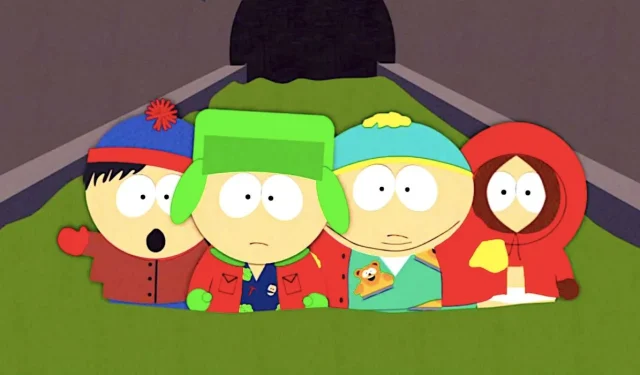
Known for its unapologetic satire, South Park surprises fans with its self-referential humor, especially in its holiday specials. The anticipation surrounding the release of season 27 marks a notably extended wait, yet there is a valid reason for this delay. In a recent interview with Vanity Fair, co-creators Trey Parker and Matt Stone revealed they could not find a fresh angle on the 2024 elections. Rather than rush a hasty season, they decided to take a hiatus, aiming for a return in 2025. This might disappoint some viewers, but it’s not an unprecedented move for the creators.
Parker and Stone have often woven their real-life creative challenges into the show’s narrative. For example, season 8’s episode titled “Quest for Ratings” poked fun at their struggle with ideas while working on the film Team America: World Police. Similarly, the poignant themes in season 15’s “You’re Getting Old” reflected the evolution of the show itself. As fans await insights into the season 27 parody of Donald Trump, expectations run high for possible references to the creators’ struggles with political satire. One earlier Christmas special, however, is particularly relevant to this imaginative trajectory.
Mocking the Origins: South Park’s Season 4 Christmas Special
A Humble Start as an Animated Christmas E-Card
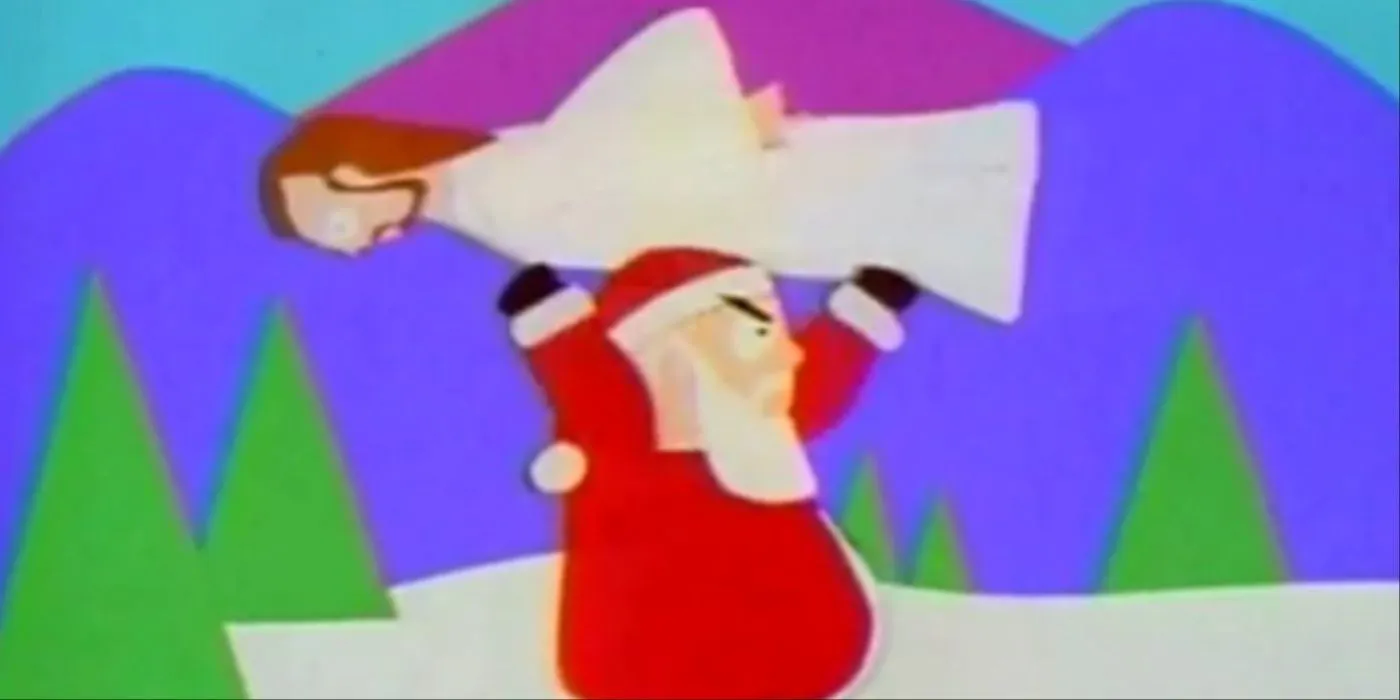
In season 4’s episode, “A Very Crappy Christmas,” the characters of South Park devise a show that humorously mirrors their own origins. South Park traces its roots to a short film produced by Parker and Stone in 1992, later refined in 1995 under the title “The Spirit of Christmas.” This viral video featured a comedic showdown between Santa Claus and Jesus Christ, captivating audiences and becoming one of the internet’s early sensations. The success of this short was pivotal in leading Comedy Central to greenlight the pilot for South Park in 1997.
The rough edges of this original animation style hint at the show’s beginnings. Even as it showcases the familiar themes of gore, crude humor, and biting satire, the voices of the characters differ substantially, and their personalities were just beginning to take shape. Despite advancements in animation quality in later specials, “The Spirit of Christmas” set the stage for what was to become a cultural phenomenon.
“A Very Crappy Christmas” Highlights Evolution in South Park’s Style
A Contrast in Style: Animation and Voice

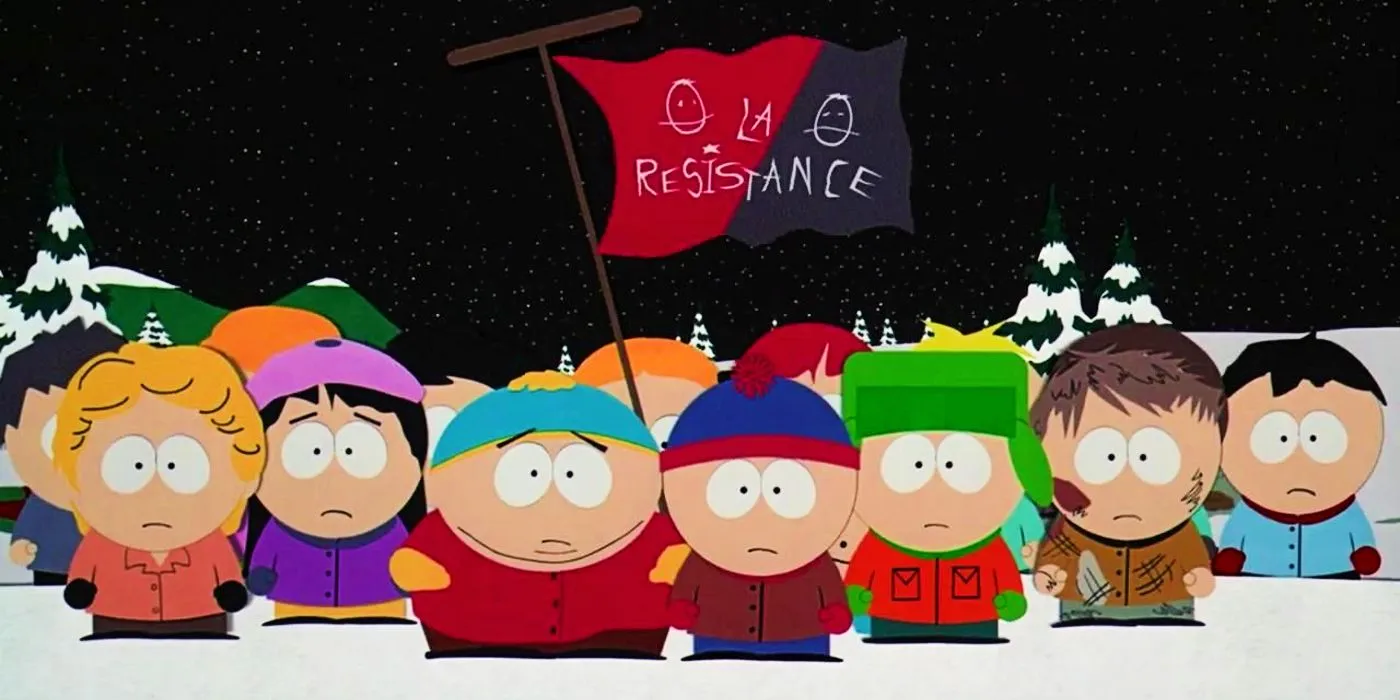
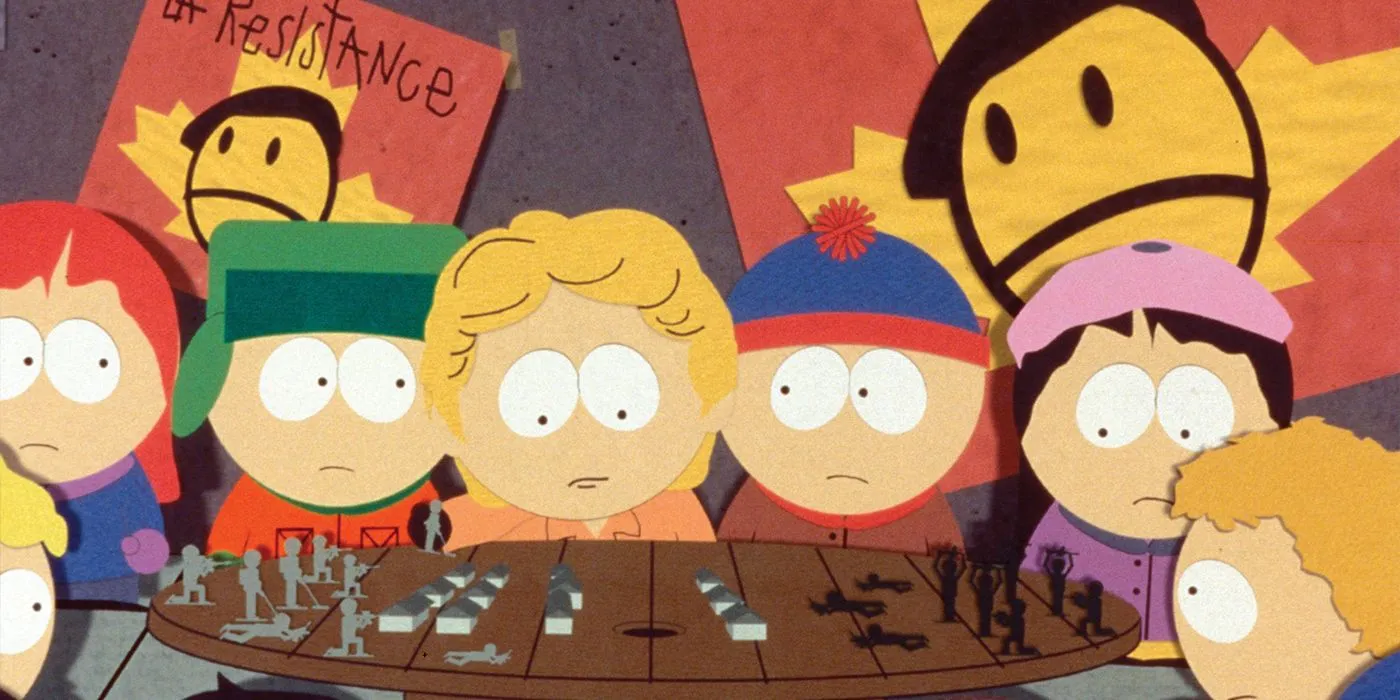
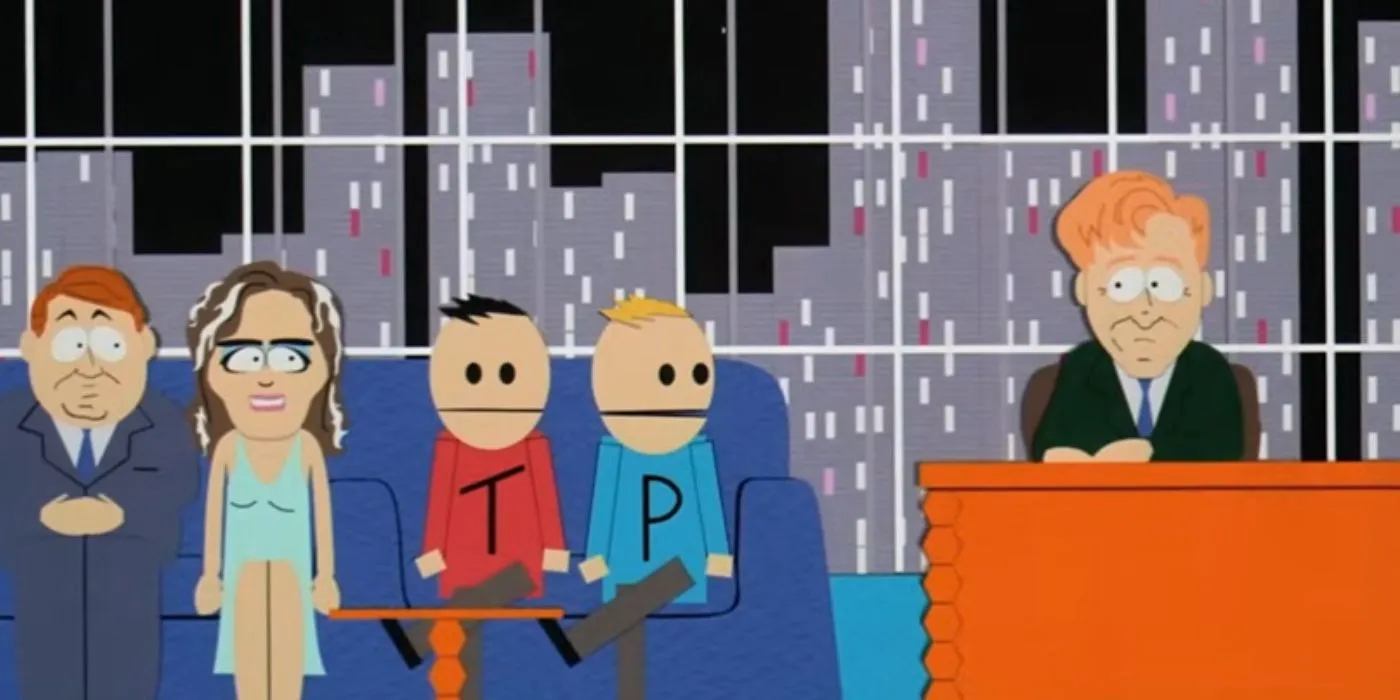
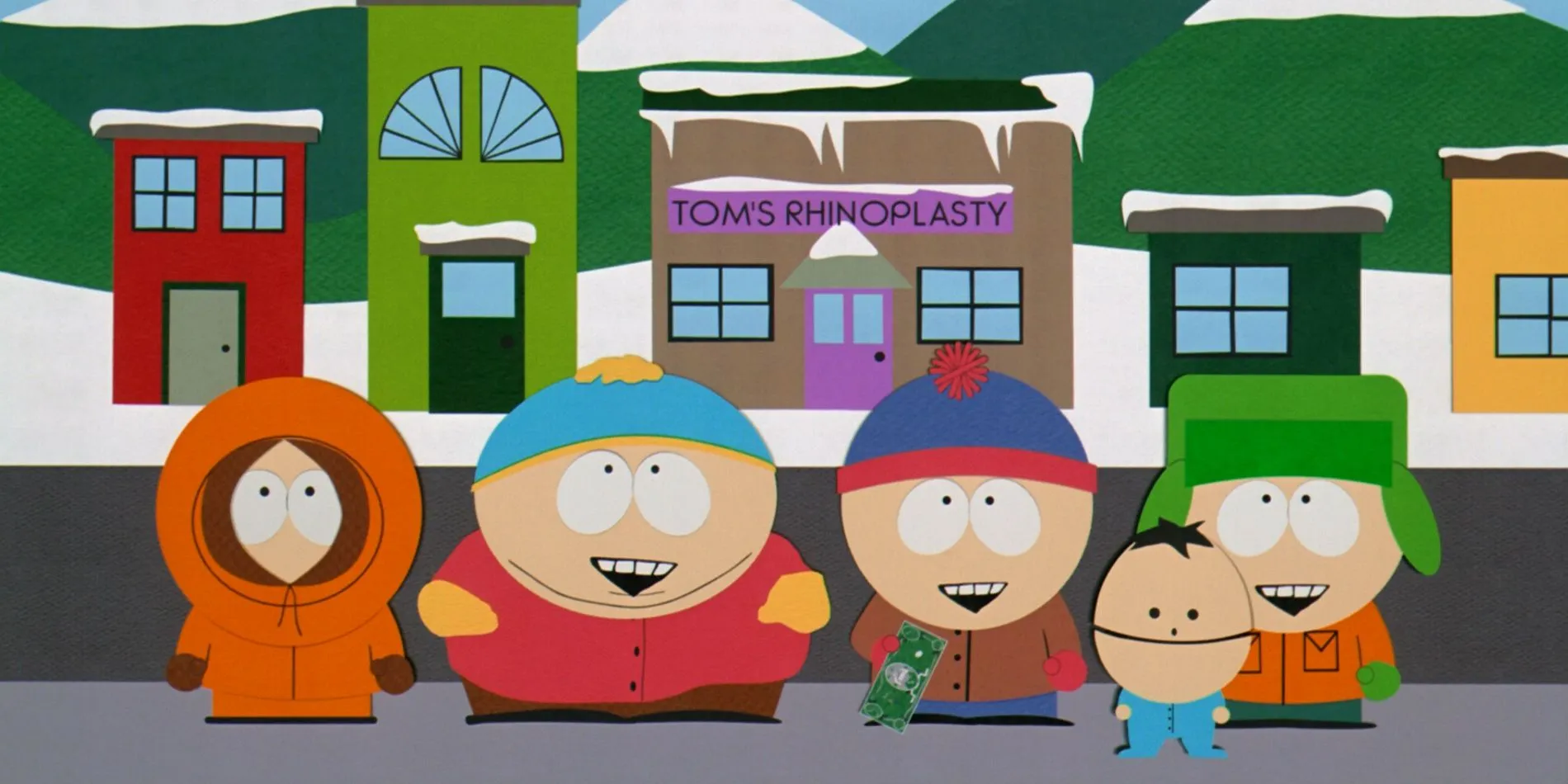
In the festive episode “A Very Crappy Christmas,” the absence of Mr. Hankey, the Christmas Poo, leads the South Park boys to create their own Christmas special, aptly titled “The Spirit of Christmas.” Using cut-out animation, their film serves as a nostalgic nod to the original short crafted by Parker and Stone. Notably, the episode satirizes its own creative process by revealing the challenges of that particular animation style, including the changes in character voice—as seen when Stan replaces Cartman’s voice—a comedic acknowledgment of the character’s evolving voice in the original series.
Furthermore, Stan and Kyle’s decision to outsource the animation to South Korea highlights the industry’s reliance on international labor. This thematic layer adds depth to the show’s critique of its own production journey from rudimentary beginnings to its polished form.
A Tribute to Past Works: Spoofing South Park’s First Christmas Special
Mr. Hankey’s Darker Reunion
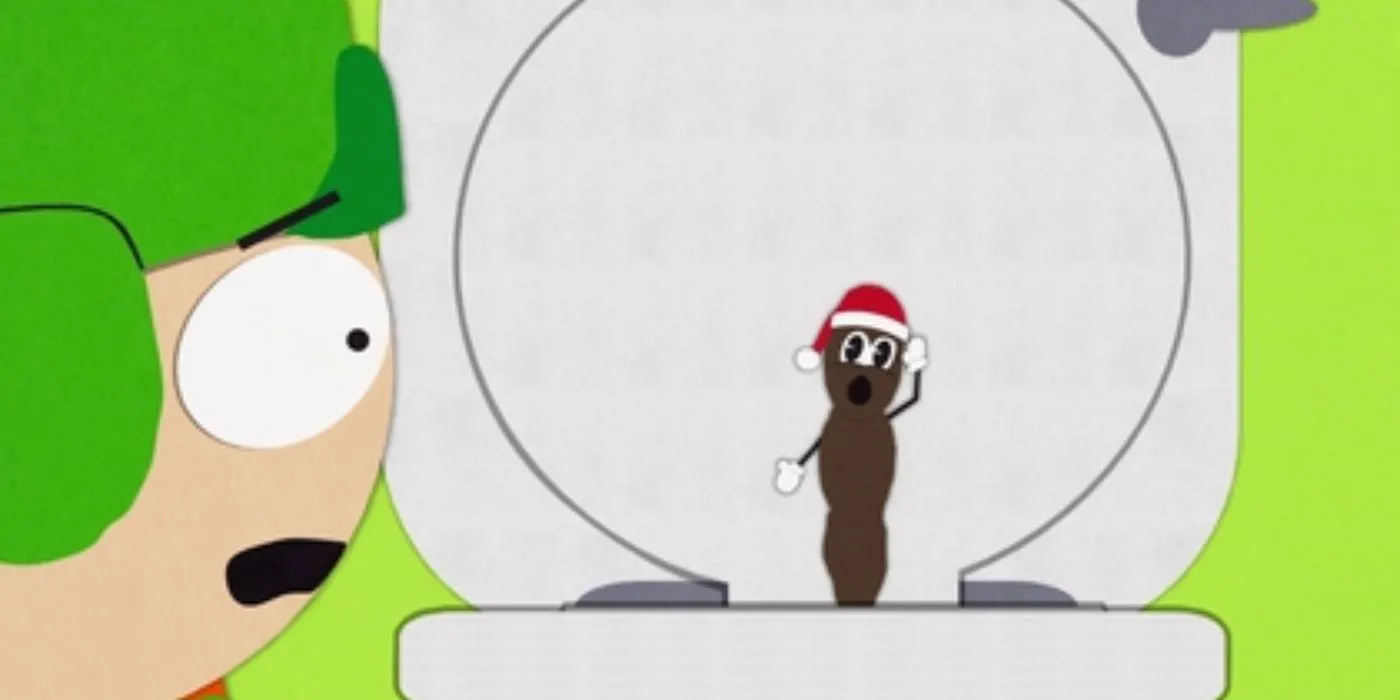
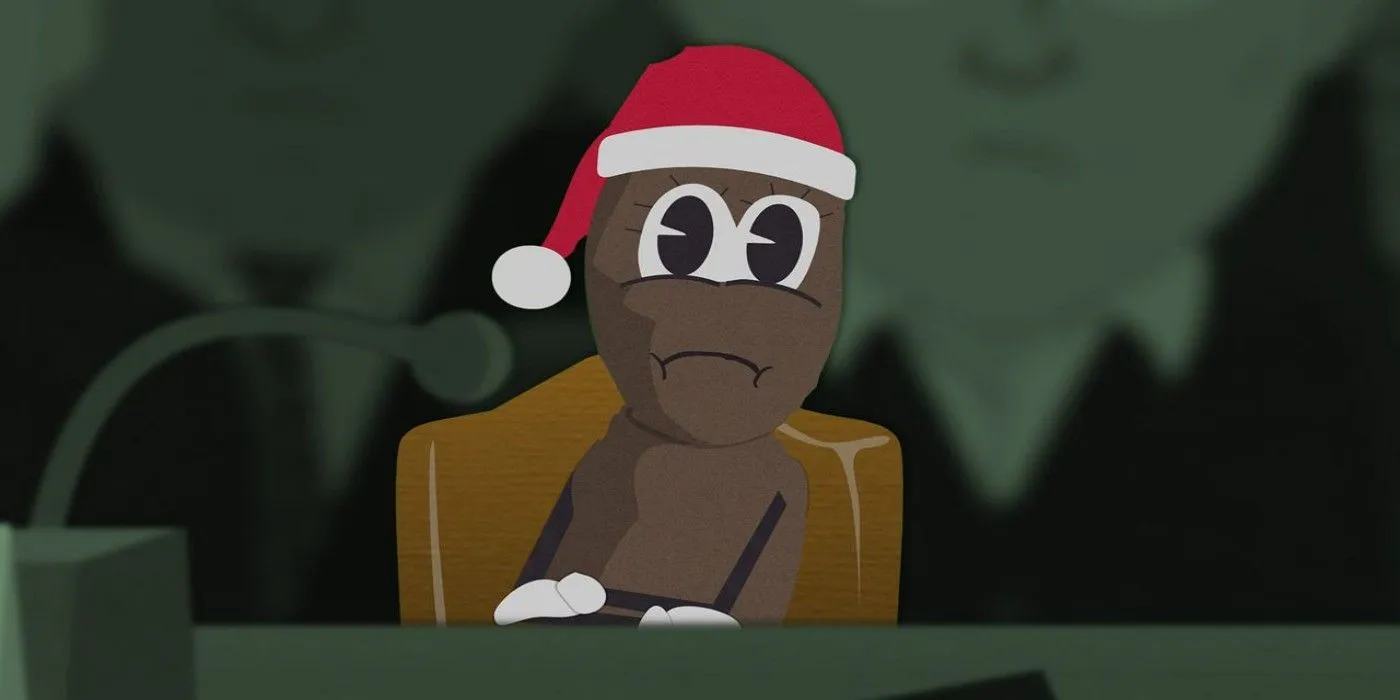

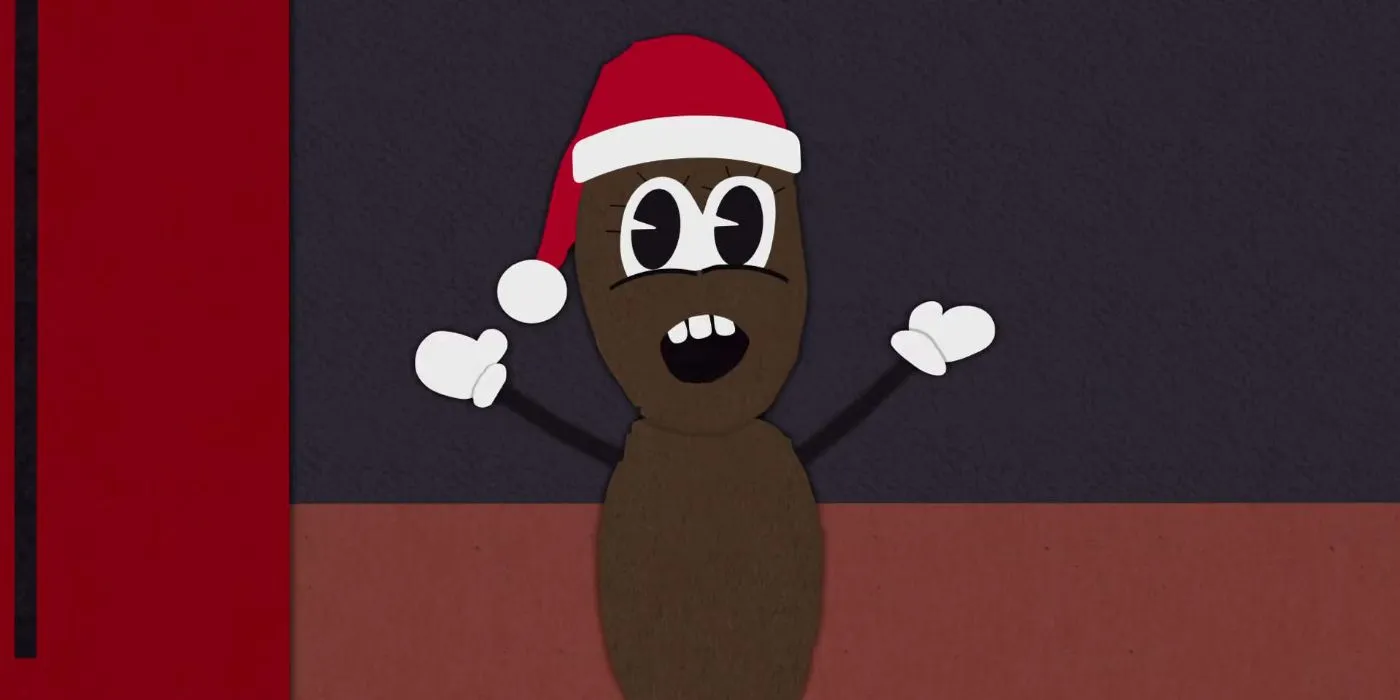
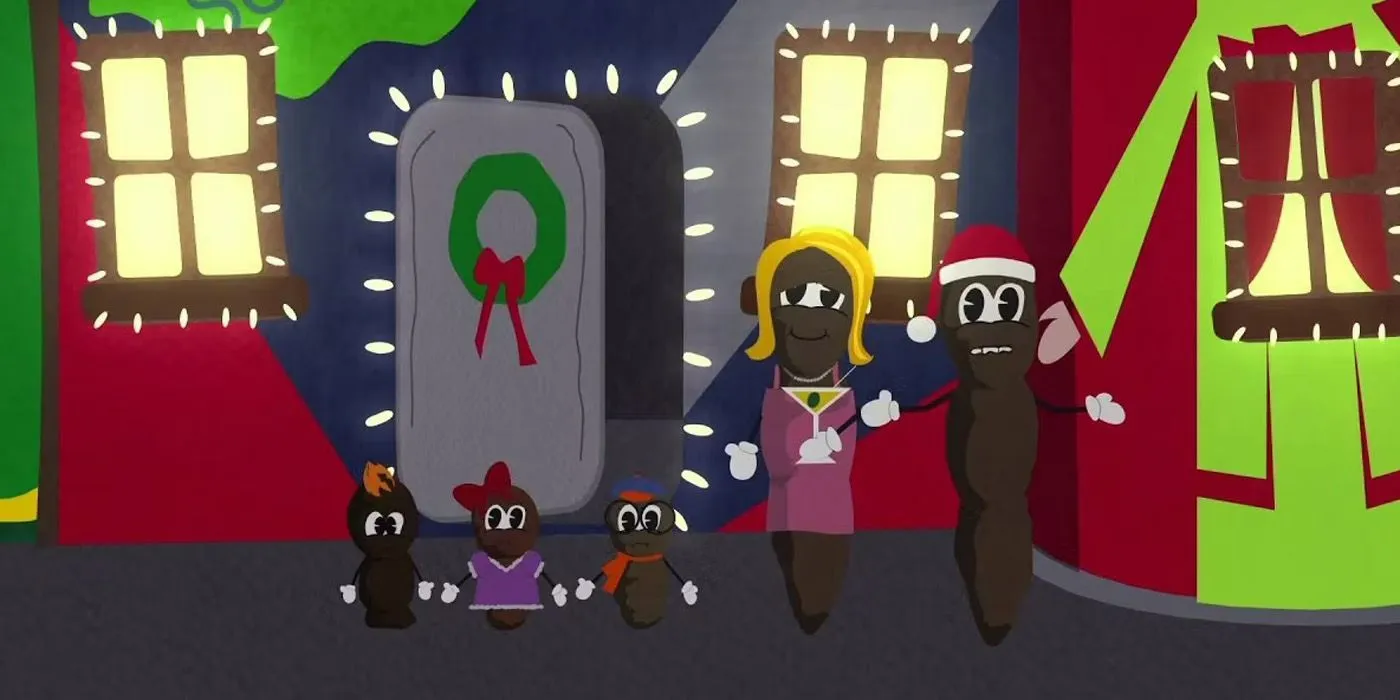
Not stopping at self-referential satire, “A Very Crappy Christmas” also critiques its own past, specifically with the character of Mr. Hankey. In the initial Christmas episode, “Mr. Hankey, the Christmas Poo,” the jovial figure lifted Kyle’s spirits during the holidays. However, by the time of “A Very Crappy Christmas,” Mr. Hankey faces a much darker reality, complete with personal troubles—from issues with his children to struggles with alcoholism.
Despite its bleak humor, the episode ultimately resolves Mr. Hankey’s plight, underscoring the show’s ability to both embrace and ridicule its own legacy. The biting satire extends to earlier episodes, proving that no aspect of South Park—including its own origins—is exempt from its sharp comedic lens.
Source: Vanity Fair

Leave a Reply